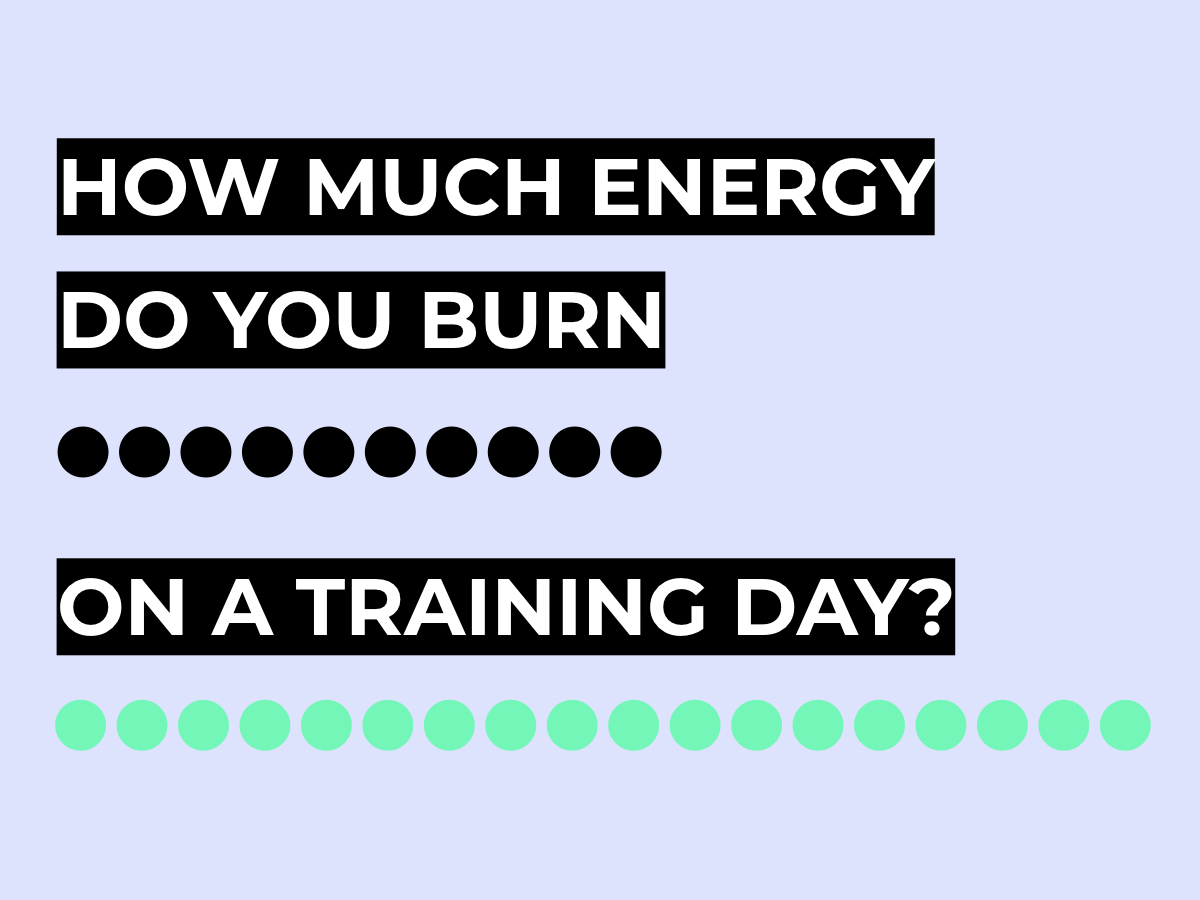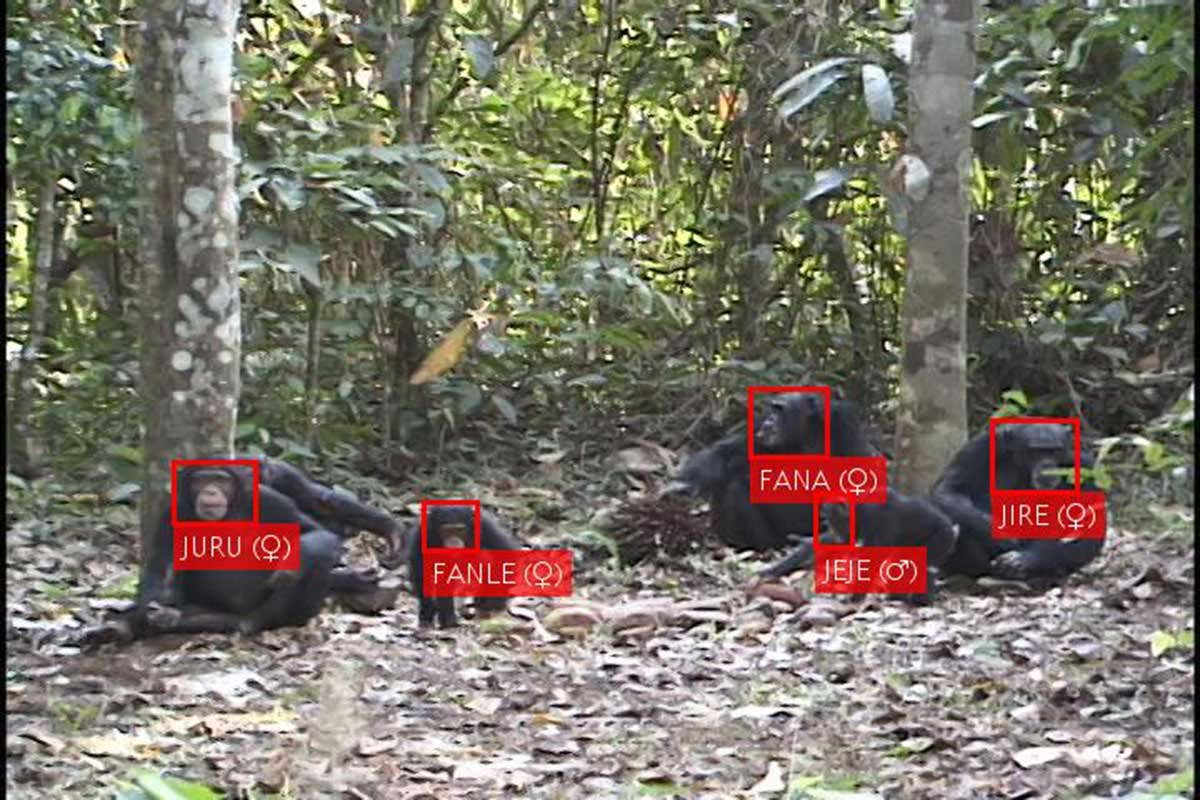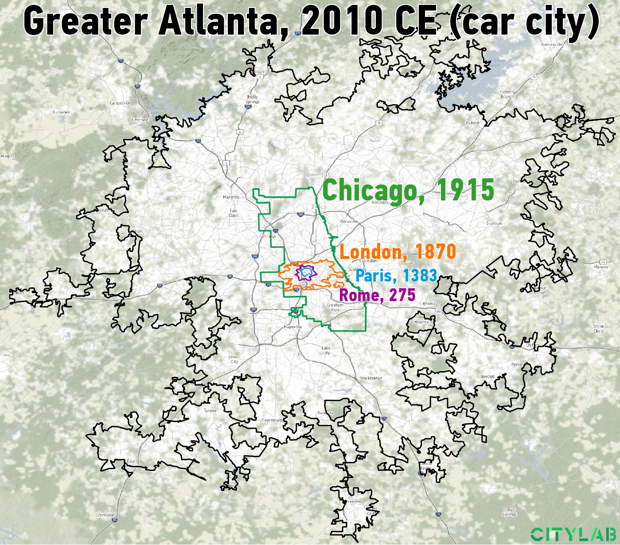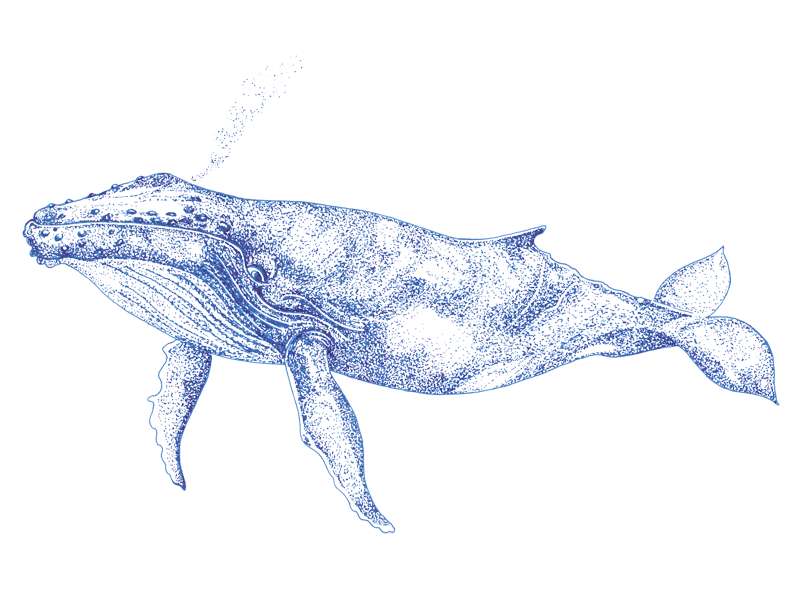LET’S BE FWENDS ISSUE #57:
JUST A BUNCH OF COOL THINGS
“The creative adult is the child who has survived.” ~ Ursula K. Le Guin
Leon Sans - a Font with Code

Leon Sans is an interesting approach to web typography: It’s not a really a font type (cue all problems that will arise from that, including accessibility issues), but a small javascript library.
You can do some really cool stuff with it.
My new Project: Nutrfy.

As an athlete, one of my biggest struggles is food. Not so much knowing that I should eat healthy and according to my bodies needs. But understanding what that really means for me. How much food does my body need on training days? How much on rest days? How can I tweak my favourite meals to get a good macronutrient composition?
What started out as an excel sheet eventually turned into a rudimentary web app and is now maturing into a service for all (endurance) athletes who want to …- start working on the nutritional aspect of their training
- not be bothered by calorie-tracking every damn thing they eat
- want to put their nutrition on auto-pilot
If that sounds like you, head over to www.nutrfy.comto get an idea of what this is all about.
I’m looking for a bunch of adventurous people willing to try out the service even though it still has its wrinkles - let me know if you’re interested or sign up directly here.
Also, if you know someone who might be interested in Nutrfy, it would mean a lot to me if you would tell them about it!
Facial Recognition is not always a dystopian Technology straight from Hell

Sooo, might facial recognition technology be used for anything good? Yes! Tracking animals, for example, and analysing their behaviour over longer periods of time, studying changes in their social networks.
Oooooooor, you could use it to shoot fish up a river in a cannon!
Rivers are economically highly developed. Industrial facilities and damns are significantly changing the habitat of thousands of animals. One problem is fish migration - infrastructure often partially or completely blocks the ability of fish to go upstream.
The Whooshh fish cannon promises to solve this problem, while using AI to detect invasive species and making sure that only native fish get the joyride up river.
Here’s a video of the thing in action.
Cities are built on a 30 Minute Commute

To be completely honest, I was not aware of the “Marchetti Constant”. Back in 1994, the physicist Cesare Marchetti declared that in general, people want to limit their daily travel time to about roughly one hour.
That means that your daily commute to work should not take you longer than 30 minutes, or you will either move or find a new job.
With that in mind, you can create a fantastically different history of the evolution of cities - from the “city by foot” that will get smaller as it gets more dense (more people and narrower streets means slower walking pace) to the “steam railroad city” with suburbian clusters around country-side railroad stations.
And what happens when you introduce cars and bikes (both travel in all practicality at the same speed inside a city)?
When Whales travel into a new Territory, they learn to sing its Songs

Illustration by WhittleDesignStudio
Do you know that situation? You’re on holiday, and there’s always this one song on the radio. When you return home, you find yourself humming the song all the time.
The same happens to humpback whales: When they travel through an ocean area, they pick up the songs that are sung there, and carry them with them, incorporating some elements into their own song, and the songs of the new regions they are travelling to.
Not only are there significant differences between the whale songs of different regions of the ocean, by analysing the song of a whale, you can tell where it has been in its life.
New Scientist has the details and a few really cool audio samples from the songs they analysed.
Watch those Puppies clean a Cat

Have you seen any cool things recently? I bet you did, because you looked in the mirror this morning! 😎
Subscribe to Let's be Fwends